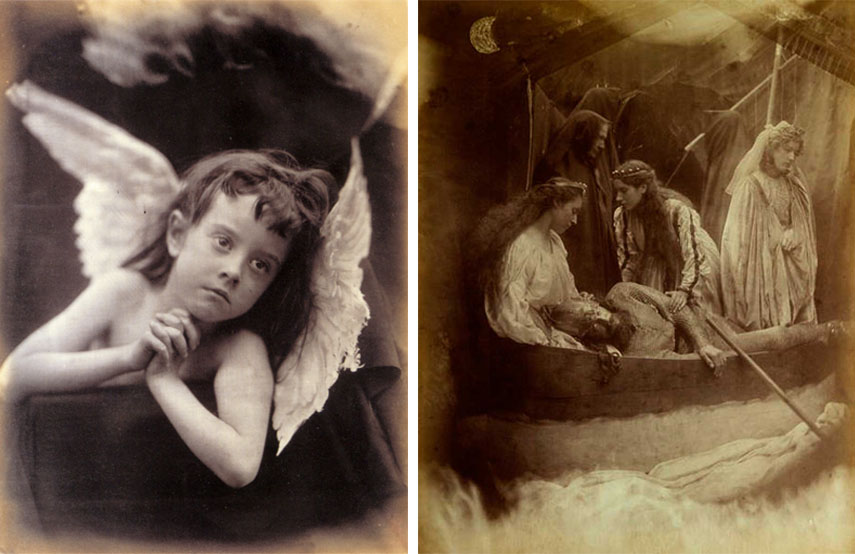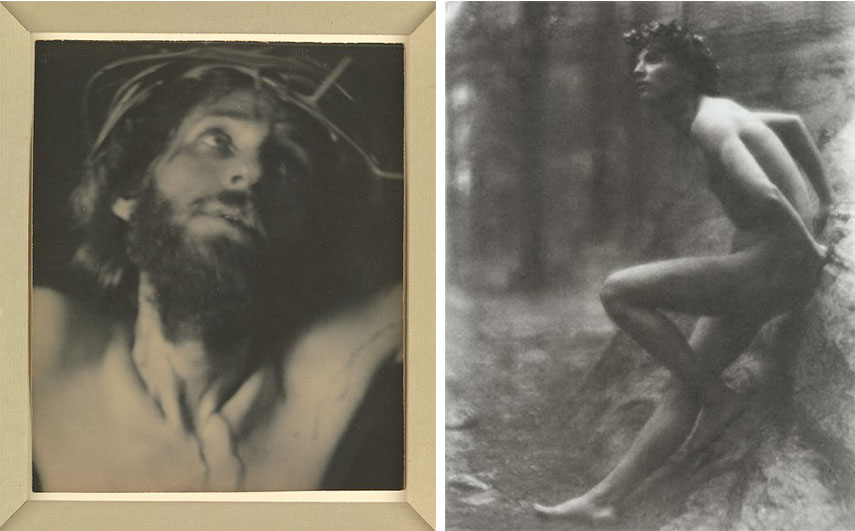TIME PERIOD-
Pictorialism was strongest between 1885 to 1915. It emerged as a response to the growth of amateur photography and the commercialism of photography due to the rise of Kodak’s more affordable handheld cameras. It criticised the wider use of the “point-and-shoot” method that rose as a result, believing it to undermine the more traditional craftsman-like role of the photographer.
KEY CHARACTERISTICS-
Its main purpose was to classify photography as an art form and separate it from the type of photography used for scientific or documentary purposes. It focused on “the beauty of subject matter and the perfection of composition rather than the documentation of the world as it is.” Often the results are dreamlike, romaticised, idyllic, and make references to classical paintings.
KEY WORKS-

Julia Margaret Cameron 
Hal Morey 
Fred Holland Day 
Clarence H White
ARTISTS ASSOCIATED-
- Henry Peach Robinson: gave pictorialism its name in his book “Pictorial Effect in Photography” (1869)
- Alfred Stieglitz: American artist who gathered a group of artists to promote photography as an art-form, called the “Photo-Secession” group
- Clarence H White: teacher and leading pictorialist, created elegant and natural portraits of his friends and family, established the Clarence H White school of photography in 1914- the first educational institution to teach photography as an art-form
- Alvin Langdon Coburn: experimentalist photographer, inspired by Japanese ink paintings, the first photographer to take completely abstract images
- Julia Margaret Cameron: mid-19th century photographer, possibly one of the first to use photography as a fine art, overall a very important contributor to early pictorialism
MORE KEY WORKS-

Alfred Stieglitz 
Elias Goldensky 
Robert Demachy 
Alvin Langdon Coburn
METHODS/TECHNIQUES/PROCESSES-
In the dark room development stage the images were often tampered with to imitate other, more accepted work of art, like paintings, using different solutions or pigments to mimic brushstrokes, or leaving them to over-develop or under-develop for a chiaroscuro effect. Pictorialists also often experimented with different paper types and chemical processes to create different effects, a few of which are described below:
- cyanotype: resulted in deep blue tones and made by covering the photographic paper with light-sensitive iron salts
- gum bichromate: made by coating the paper in gum arabic, potassium bichromate, and one of the artist’s chosen pigments, then leaving it to develop in the light; this was one of pictorialists’ favourite techniques
- platinum print: a two step process, this starts by exposing paper sensitized with iron salts to a negative, then chemically developing it and replacing the iron salts with platinum, allowing for a wide range of tones
- carbon print: made by coating tissue paper with potassium bichromate, carbon black pigment, and gelatin; provides great detail and so became one of the most commercially-available development methods
LINKS/SOURCES-
http://www.visual-arts-cork.com/photography/pictorialism.htm
https://www.widewalls.ch/magazine/pictorialism-photography-pictorialist-photographers
https://www.theartstory.org/movement/pictorialism/
William Crawford- “The Keepers of Light, A History & Working Guide to Early Photographic Processes” (p85-95)
